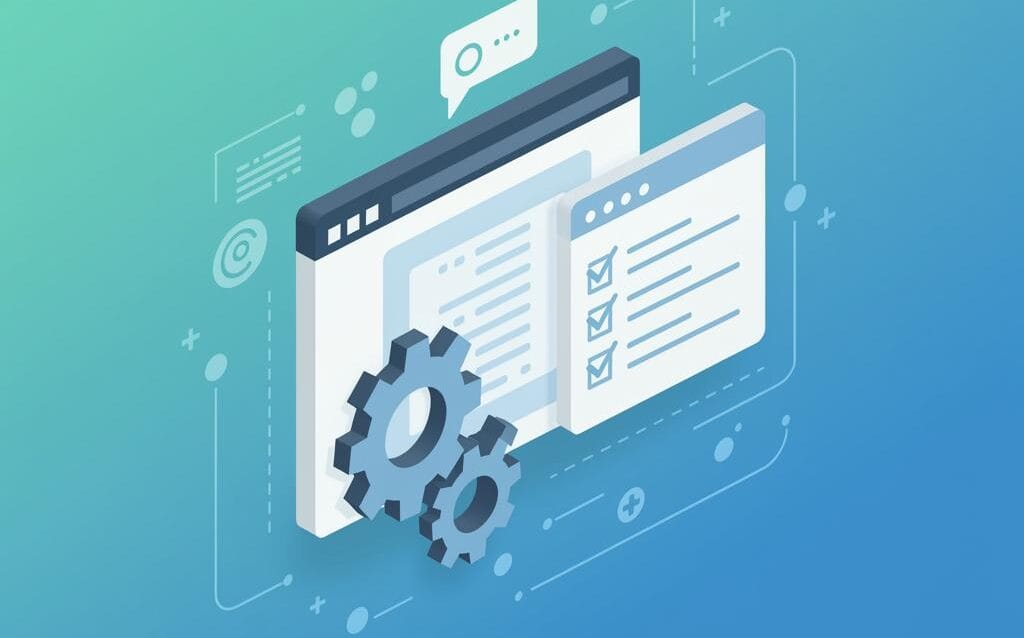WordPress SLAs: Protect Your Clients & Your Business
WordPress SLAs: Service Level Agreements for Maintenance Clients
A Service Level Agreement (SLA) is a crucial component of any professional WordPress maintenance service. It’s a contract between you (the maintenance provider) and your client, outlining the specific services you’ll deliver, the level of performance they can expect, and the recourse they have if those expectations aren’t met. Without an SLA, expectations can be vague, leading to misunderstandings, dissatisfaction, and potential disputes. This post will guide you through creating comprehensive and effective SLAs for your WordPress maintenance clients.
Why You Need a WordPress SLA
Clarity and Expectations
The primary benefit of an SLA is to establish clear expectations. It details exactly what services are included in the maintenance package, reducing ambiguity and ensuring both parties are on the same page. This proactive approach prevents misunderstandings about response times, update frequency, and the scope of support.
Protection for Both Parties
An SLA isn’t just for the client’s benefit; it protects you as well. By clearly defining your responsibilities and limitations, you can avoid scope creep and manage your workload effectively. It also provides a framework for addressing disputes fairly and efficiently.
Professionalism and Trust
Presenting a well-crafted SLA demonstrates professionalism and builds trust with your clients. It shows that you are serious about providing reliable and high-quality service. This can be a significant differentiator in a competitive market.
Key Elements of a WordPress Maintenance SLA
Service Description
This is where you detail the specific services included in the maintenance package. Be as precise as possible, leaving no room for interpretation. Examples include:
- Core, Plugin, and Theme Updates: Specify how often updates will be performed and the testing procedures you follow.
- Security Monitoring and Hardening: Describe the security measures you implement, such as malware scanning, firewall configuration, and vulnerability patching.
- Backups: Outline the frequency, storage location, and retention policy for website backups.
- Uptime Monitoring: State the frequency of uptime checks and the notification process for downtime events.
- Technical Support: Define the types of support you offer (e.g., email, phone, chat) and the hours of availability.
- Content Updates: If included, specify the number of content updates allowed per month and the types of changes you’ll handle.
Response Times and Resolution Times
Clearly define your response times for different types of issues. For example:
- Emergency Issues (e.g., website down): Respond within 1 hour.
- High-Priority Issues (e.g., critical functionality broken): Respond within 4 hours.
- Medium-Priority Issues (e.g., minor bugs): Respond within 24 hours.
- Low-Priority Issues (e.g., cosmetic changes): Respond within 48 hours.
Also, specify resolution times, which are the estimated times to fully resolve the issue. These will vary depending on the complexity of the problem. It’s often best to provide estimated ranges rather than fixed deadlines.
Uptime Guarantee
Many SLAs include an uptime guarantee, typically expressed as a percentage (e.g., 99.9% uptime). This means that the website will be available for that percentage of time during a given period (usually a month). If the uptime falls below the guaranteed level, you may offer compensation, such as a partial refund.
Important: Be realistic about your uptime guarantee. Factors beyond your control, such as server outages, can affect uptime. Consider excluding scheduled maintenance periods from the uptime calculation.
Exclusions and Limitations
This section is crucial for protecting yourself from scope creep and unexpected liabilities. Clearly state what services are not included in the SLA. Examples include:
- Third-Party Integrations: Support for issues related to third-party plugins, themes, or services may be excluded.
- Website Redesigns or Major Updates: Significant changes to the website’s design or functionality may require a separate agreement.
- Content Creation: Writing new content or creating graphics may not be included.
- Hosting Issues: Problems related to the hosting environment may be the responsibility of the hosting provider.
- Issues Caused by Client Actions: Problems arising from the client’s own actions, such as modifying code or installing incompatible plugins, may be excluded.
Payment Terms and Renewal
Clearly state your payment terms, including the payment frequency (e.g., monthly, quarterly, annually), the payment methods you accept, and any late payment fees. Also, outline the renewal process and any price increases that may apply.
Crafting a Client-Friendly SLA
Use Clear and Concise Language
Avoid technical jargon and legalistic language. The SLA should be easy for your clients to understand. Use plain English and define any technical terms that are necessary.
Be Transparent and Honest
Don’t overpromise or make unrealistic guarantees. Be upfront about the limitations of your service and the potential risks involved. Transparency builds trust and fosters long-term relationships.
Tailor the SLA to Each Client
While you can use a template as a starting point, it’s important to customize the SLA to meet the specific needs of each client. Consider their website’s complexity, traffic volume, and business requirements. A one-size-fits-all approach is unlikely to be effective.
Get Legal Review
Before using your SLA, it’s advisable to have it reviewed by a lawyer specializing in contract law. This will help ensure that it is legally sound and protects your interests.
Conclusion
A well-crafted WordPress SLA is an essential tool for managing client expectations, protecting your business, and building strong, lasting relationships. By clearly defining your services, response times, and limitations, you can minimize misunderstandings, prevent disputes, and provide a consistently high level of service. Remember to be transparent, client-focused, and always strive to exceed expectations. Investing the time to create a comprehensive SLA will pay dividends in the long run, leading to happier clients and a more successful maintenance business.

